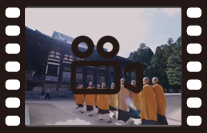Sightseeing Places
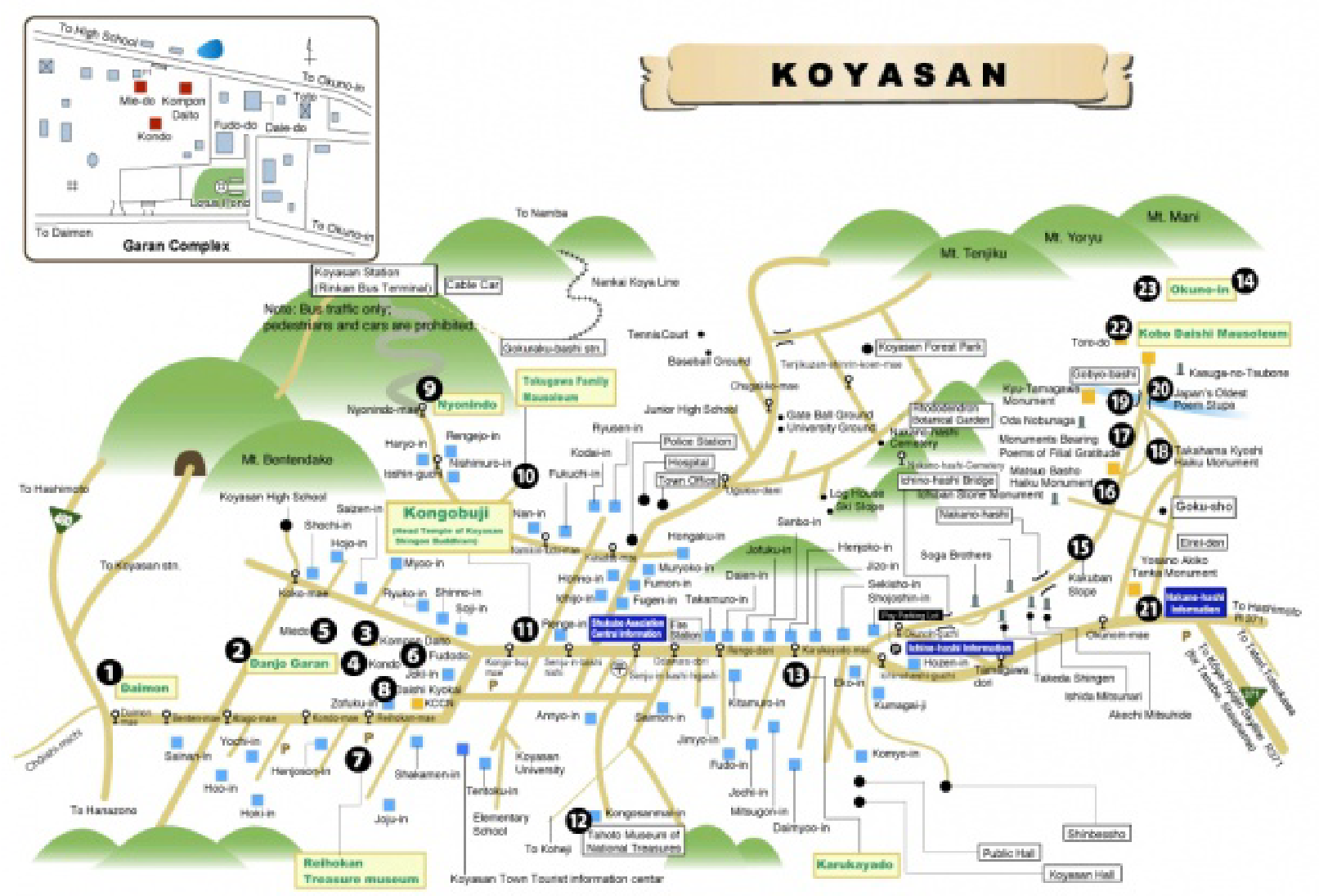
1The Daimon
1The Daimon
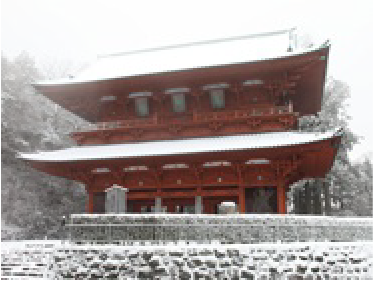
Two fierce-looking statues guard this monument,
which is the main gate to the town.
2Danjo Garan
2Danjo Garan
One of the most important places in Koyasan, Danjo Garan religious precincts are comprised of many religious and historical monuments.
3Konpon Daito
3Konpon Daito
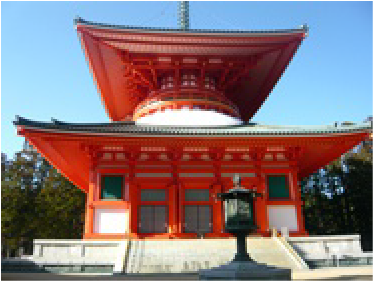
Kobo Daishi built this towering pagoda as a symbol of Shingon Buddhism. On a breezy day, one can hear the chimes of the bells which are strung from the spire.
4Kondo
4Kondo
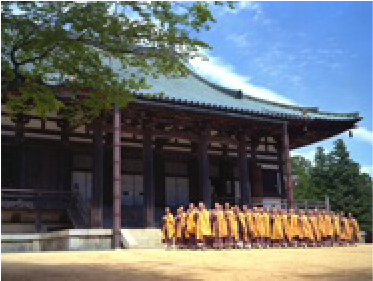
Also built by Kobo Daishi, this structure is nicknamed the "Kondo," but is actually called the Gyogando or the Yakushido.
5Miedo
5Miedo
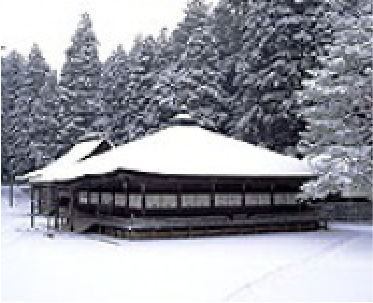
Miedo is characterized as a temple enshrining Kukai’s devout Buddhist statues and as a temple for him to recite sutras. Kukai’s portrait, which was painted by Shinnyo Shinno (the third prince of Emperor Heizei) is enshrined here. The present temple is a reconstruction made in 1847, and is Koyasan’s most elegant building, featuring a gently sloping roof and distinctive long eaves.
6Fudodo
6Fudodo
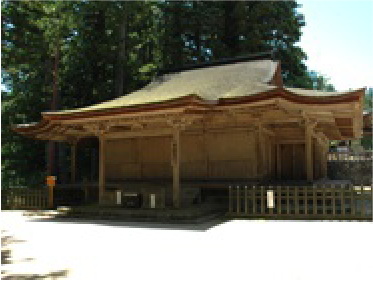
This temple was built in 1189 to fulfill the prayers of Hachijoin (1137-1211), the third princess of Emperor Toba (1103-1156). The temple building, measuring 13.0 meters in the direction of beams and 10.6 meters in the direction of crossbeams, exemplifies the Heian period’s residence style. Originally the building was situated near Nishimuro-in Temple in Issin-in-dani, but in 1910 it was moved to the present location near Konpon Daito and repaired as a national treasure. The Fudodo Temple is dedicated to Fudo and Hachidai-doji, the statues of which were carved by the famous sculpter Unkei, the leading sculptor in the early Kamakura period.
7The Reihokan Museum
7The Reihokan Museum
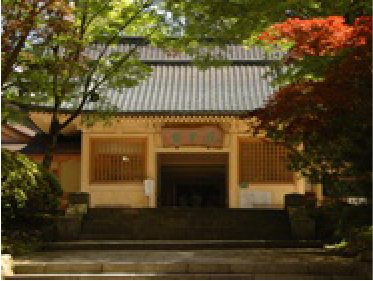
-
Visitors can view a collection of religious objects d'arte, many of which are Japanese national treasures. The shape of the building imitates the lines of Kyoto's Uji no Byodoin.
http://www.reihokan.or.jp/
8Daishi Kyokai
8Daishi Kyokai
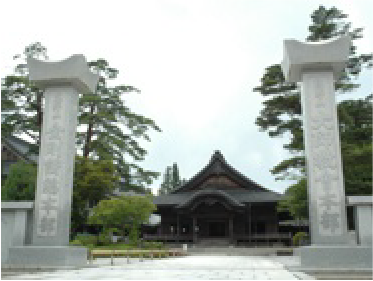
This building was constructed in 1924, on the 1,100th anniversary of the Kobo Daishi.
9Nyonindo
9Nyonindo
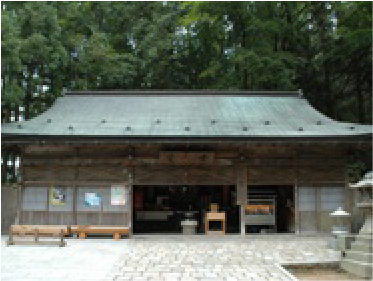
Until 1871 (Meiji era), no women were allowed to enter Koyasan. Up until that time, they were only admitted to Nyonindo, the women's temple. Inside, you can see a picture of the first child born in Koyasan.
10Tokugawa Mausoleum
10Tokugawa Mausoleum
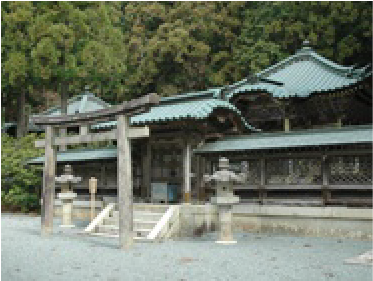
This mausoleum for the Tokugawa family was built in 1643 by lemitsu, the third Tokugawa shogun, who devoted twenty years to its construction. The outside is built of unfinished wood and the inside is decorated in gold and silver leaf, reminiscent of the Toshogu Shrine in Nikko.
11Kongobuji Temple
11Kongobuji Temple
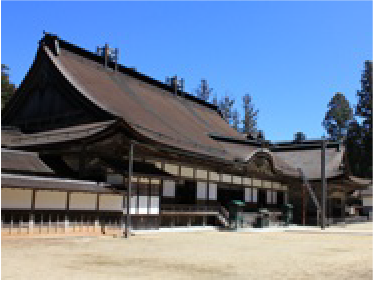
This is the main headquarters for the Shingon Sect, which has 4,000 temples throughout Japan and more than 10 million followers worldwide. Visitors can see religious artifacts, shoji screen paintings, as well as a beautiful rock garden representing two dragons flying amongst the clouds.
12Kongo Sanmai-in Tahoto
12Kongo Sanmai-in Tahoto
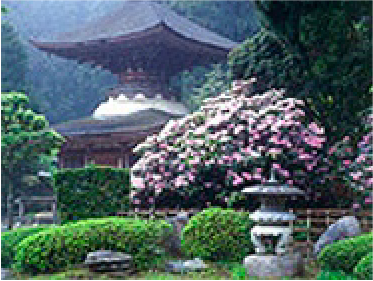
This pagoda was built in 1223 by Hojo Masako (1157-1225), for the consolation of the souls of her son Minamoto no Sanetomo (1192-1219, the third shogun of the Kamakura Shogunate and a poet) who was assassinated in the precincts of Tsurugaoka Hachiman Shrine in Kamakura. Hojo Masako was the wife of Minamoto no Yoritomo (1147-1199, the first shogun of the Kamakura Shogunate), and was popularly called Ama (meaning a ‘nun’) Shogun. The Tahoto building is designated as a national treasure, and Kyozo (the scripture house), the Koyasan’s one and only azekura-style architecture built in the same year, is also designated as an important cultural property. Moreover, the rhododendron in the precincts, the Koya Town’s Flower, is also designated as a natural monument.
13Karukayado
13Karukayado
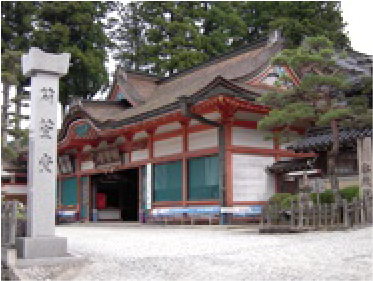
In the traditional Sekkyo-bushi recitation, the Joruri drama, and Noh’s Yokyoku song, there is a story called The Karukaya. Once upon a time a little boy named Ishidomaru came to Koyasan from a far away province in order to meet his father, who had renounced the world, and on his way, by chance he met a priest seeking truth. This priest was in fact his father, Karukaya Doshin, whom Isidomaru was yearning to see. However, the priest told Ishidomaru that his father was not yet in this world. At the same time as this encounter, Ishidomaru’s mother, who had stayed at an inn located at the foot of Mont Koya because of the precepts prohibiting women from entering, had breathed her last too. The Karukayado hall is preserved to the present-day as the hermitage where this father and son practiced asceticism together, and the paintings of their whole life story can be seen there.
14Okunoin
14Okunoin
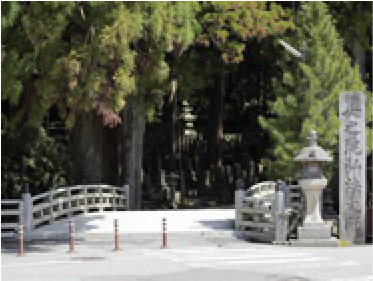
This is the heart of Koyasan, with its many famous gravesites. In the Tamagawa River, which flows through the cemetery, visitors can see wooden talismans specially placed there by the devout.
15Kakuban Slope
15Kakuban Slope
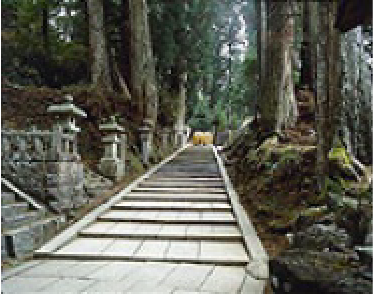
The stone steps located very near the Nakano-hashi bridge on the approach in Okuno-in, are called the Kakuban Slope. It is traditionally said that if someone were to tumble down the steps, they will be dead within three years. So the present slope is built of 43 steps in order to ward off such a death. This is because the number 42 can be pronounced in Japanese as shi-ni, which means ‘a death.’ This slope also has an another name -- the Three-year Slope (San-nen-zaka).
16Matsuo Basho Haiku Monument
16Matsuo Basho Haiku Monument
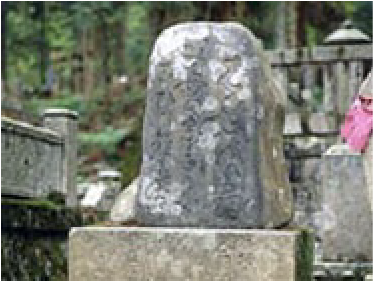
A monument to Matsuo Basho (1644-1694), a haiku poet and writer in the early and middle Edo periods. The Records of a Weather-Exposed Skeleton (Nozarashi kiko, 1685), The Records of a Travel-Worn Satchel (Oi no kobumi, 1690-91), and The Narrow Road to the Deep North (Oku no hosomichi, 1694) are some of his famous works. This monument was built in October 1775. The inscribed letters were written by Ike no Taiga (1723-1776), one of the founders of the Japanese Southern School of Chinese Painting. It is located near the middle area between the Nakano-hashi and Gobyo-bashi bridges on the approach in Okuno-in.
17Monuments Bearing Poems of Filial Gratitude
17Monuments Bearing Poems of
Filial Gratitudet
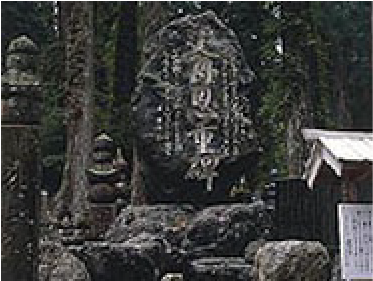
These monuments were built in September 1965. In this location there are also the monuments of such noted haiku poets as Basho and Kikaku. They are located passed the center area between the Gobyo-bashi and Nakano-hashi bridges on the approach in Okuno-in.
18Takahama Kyoshi Haiku Monument
18Takahama Kyoshi Haiku Monument
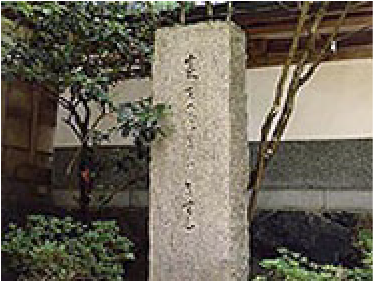
A monument to Takahama Kyoshi (1874-1959), a haiku poet and novelist in the Meiji, Taisho and Showa eras. He established the magazine Hototogisu in 1898, and produced many poems and essays. In 1908 he published his first collection of short stories, The Cockscomb (Keito). This monument was built in August 1957, and is located in the precincts of Fugen-in Temple.
19The Fish of Tamagawa River
19The Fish of Tamagawa River
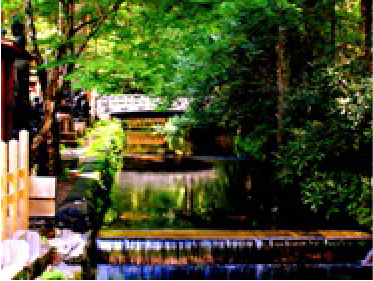
One day Kukai saw a mountain man who just began to skewer and eat a small fish caught in the Tamagawa river. Kukai bought that fish from the man and released it into a clear stream. The fish, though thought to be dead, began to swim lightly. So the man compensated his sin of the Buddhist precept against killing, and stopped fishing. The specks on the small fish are believed to be the scars caused by the skewering, and even today the mountain people never eat this fish.
20Japan’s Oldest Poem Stupa
20Japan’s Oldest Poem Stupa
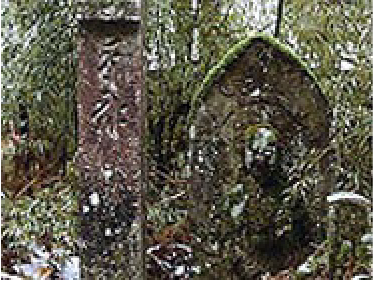
This stupa is the Japan’s oldest one as a tanka stupa inscribed in hiragana letters. The inscription reads ‘June, the first year of the Seiwa era (the year 1312)’. The stupa stands on the right side of the approach crossed the Gobyo-bashi bridge in Okuno-in.
21Yosano Akiko Tanka Monument
21Yosano Akiko Tanka Monument
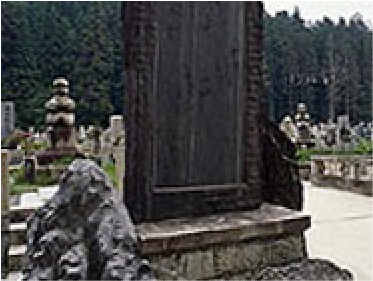
A monument to Yosano Akiko (1878-1942), a poet and writer in the Meiji, Taisho and Showa eras. In 1901 she published her first volume of poems, The Tangled Hair (Midaregami). Moreover she translated The Tale of Genji (Genji-monogatari) into modern Japanese and published 4 volumes in all in 1912. The poet, Anzai Fuyue (1898-1965) and other persons sponsored and built this monument in May 1950. It is located at Koyasan Park Cemetery.
22Torodo
22Torodo
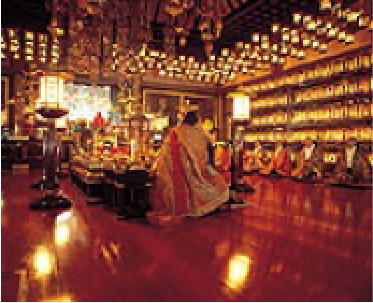
Here you can find the Poor Woman’s Candlelight (Hinjo-no-itto or Jikyo-to) exemplifying the actions of a filial woman called Oteru who made a small amount of money by offering a lock of her hair for the consolation of the souls of her parents in 1016. Also the Shirakawa’s Candlelight (Shirakawa-to or Choja-no-manto) consisting of 300,000 candles that ex-Emperor Shirakawa offered in 1088 burns here. These two kinds of Candlelight have both been burning for one thousand years. In 1948, the Showa’s Candlelight (Showa-to) that Emperor Showa offered was added to the above two. All together, the three are called the Everlasting Candlelight (Jomyo-to). A tremendous number of candles offered by believers throughout Japan occupy this hall, and remain burning from generation to generation.
23Mausoleum of Kobo Daishi
23Mausoleum of Kobo Daishi
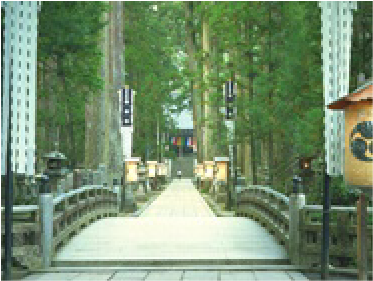
The mausoleum is the most sacred place for the Daishi religion. The site is located at the small plateau surrounded by the three mountains of Tenjiku, Yoryu and Mani. The clear water of the Tama river flows at the foot of these mountains. The following episodes were recorded: Before entering nirvana, Kukai had decided this place for his temporary dwelling until attaining Buddhahood in this very existence. After achieving nirvana, Kukai’s disciples enshrined his body, which was as if it were still living, in a cave previously arranged just for him. They built a 5.6 meter square temple over the cave, and never stopped serving his daily meals. Now, as in the past, the mausoleum seems to speak to those people who intently pray to Kukai through the towering old cedar trees.
- Tour Courses
- Seasonal Main Spots
- Sightseeing Places
- Taste & Souvenirs



